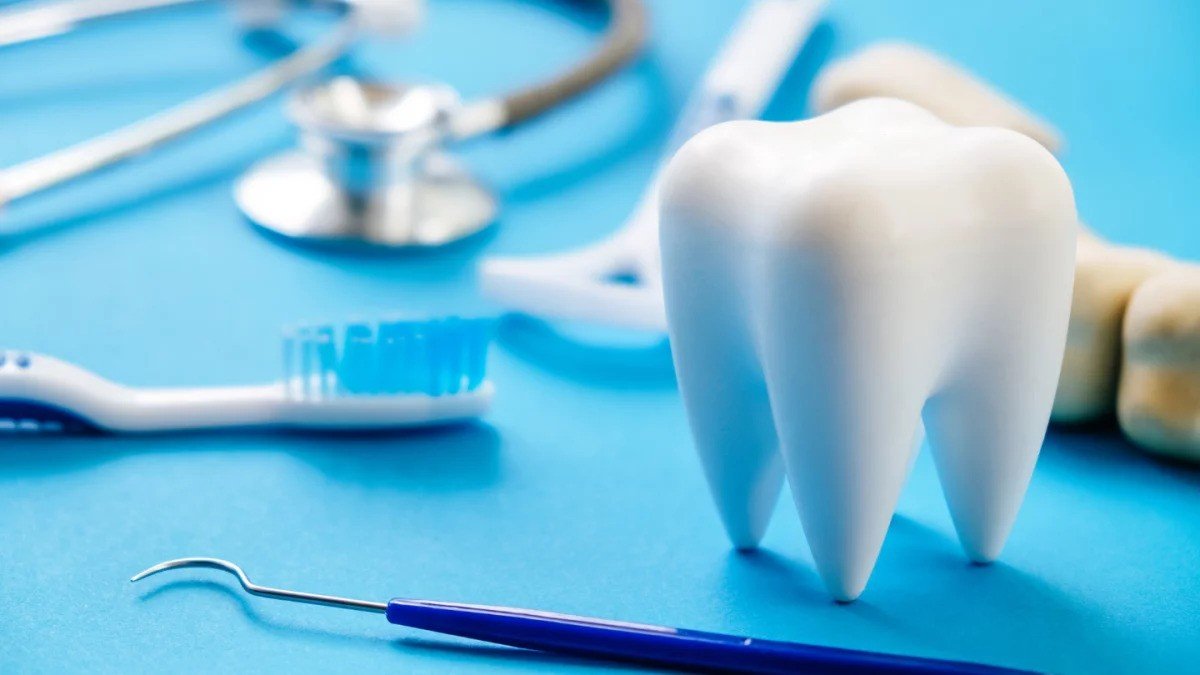
Introduction
Oral health is more than a bright smile it’s a cornerstone of overall wellbeing. Healthy teeth and gums help us eat, speak, and socialize with confidence, while poor oral health can cause pain, infections, and long-term complications that affect general health. This article gives practical, evidence-based guidance you can use every day: simple hygiene routines, how food and habits shape your mouth, the role of preventive dental care, and when to seek professional help. The information below reflects trusted dental health principles, so you get actionable steps rather than myths or quick fixes. Read on to build a routine that protects your oral health now and into the future small daily habits add up to big benefits.
Daily oral hygiene habits you can stick to
The foundation of oral health is a consistent daily routine that removes plaque and reduces the risk of cavities and gum disease. Brush your teeth twice a day using a fluoride toothpaste and a soft-bristled brush spend about two minutes each time and be sure to reach all tooth surfaces, the gum line, and your tongue. Cleaning between teeth once a day is essential; use dental floss, interdental brushes, or a water flosser depending on what fits your mouth and comfort level. Rinsing with water after sugary snacks and chewing sugar-free gum when you can’t brush helps reduce acid attacks on enamel. Replace your toothbrush every three months or sooner if the bristles are frayed. These simple practices remove dental plaque the sticky bacterial film that causes decay and gum inflammation and are proven to support a healthier mouth. Building these habits into morning and evening rituals makes them sustainable and keeps your smile strong over the long term.
Nutrition, lifestyle, and their impact on your mouth
What you eat and drink has a direct effect on oral health. Foods and beverages high in added sugars encourage bacteria to produce acids that erode tooth enamel, leading to cavities. Limiting sugary snacks and drinks is one of the most effective preventive steps. Drinking fluoridated water and using fluoride toothpaste strengthens enamel and lowers decay risk. Frequent snacking creates repeated acid attacks, so spacing meals and favoring whole foods vegetables, lean proteins, dairy or fortified alternatives supports both oral and general health. Tobacco use, vaping, and excessive alcohol consumption raise the risk of gum disease, tooth loss, and oral cancer; quitting these habits yields significant oral-health benefits. Hydration and a balanced diet also support saliva production, which naturally buffers acids and clears food debris. Paying attention to diet and lifestyle complements your oral hygiene routine and helps prevent problems before they require treatment.
Preventive dental care
Regular dental care is preventive care. Professional cleanings remove hardened tartar that home brushing can’t eliminate, and examinations detect early decay, gum disease, or other issues when they are easier and less costly to treat. For most people, yearly to twice-yearly checkups are appropriate, but your dentist may recommend a personalized schedule based on your oral health, medical conditions, or medication use. Sealants, topical fluoride treatments, and tailored hygiene instruction are effective preventive interventions for children and adults when needed. If you use orthodontic appliances, implants, or have a history of gum disease, more frequent professional follow-up may be necessary. Discuss home tools with your dental team electric toothbrushes, interdental brushes, and water flossers can be excellent additions to your routine when used correctly. Preventive care is a partnership: daily at-home habits plus regular professional visits create the best long-term results.
Common problems and when to seek help
Minor mouth issues such as brief sensitivity after hot or cold foods, or mild bleeding after vigorous flossing can often be managed by improving your technique and hygiene. However, persistent symptoms require professional evaluation. See a dentist if you have ongoing gum bleeding, swollen or receding gums, chronic bad breath, toothache, loose teeth, persistent oral sores, or white and red patches that don’t heal within two weeks. These signs can indicate gum disease, cavities, infection, or in rare cases, more serious conditions such as oral cancer. Early diagnosis improves treatment success and helps prevent complications like tooth loss or systemic impacts. If you experience severe pain, facial swelling, fever, or difficulty breathing or swallowing, seek urgent care immediately. People with diabetes, heart conditions, or weakened immunity should be especially proactive, as oral infections can progress more quickly. Always share your medical history with your dental provider so they can tailor your care appropriately.
Conclusion
Oral health is achievable with consistent daily habits, smart dietary choices, and regular professional care. Brushing twice daily with fluoride toothpaste, cleaning between teeth daily, limiting sugary foods and drinks, and attending routine dental checkups form a simple, evidence-based framework. Small, steady changes such as improving brushing technique, choosing water over sugary beverages, or scheduling that overdue dental visit add up to stronger teeth, healthier gums, and better overall wellbeing. Use your dental team as trusted partners; if you’re ever unsure about a product or symptom, ask a qualified professional. Protecting your oral health today pays lifelong dividends.
FAQs
Q: How often should I brush and floss?
A: Brush twice daily with fluoride toothpaste and clean between teeth once a day using floss or an interdental cleaner.
Q: Are electric toothbrushes worth it?
A: Electric toothbrushes can improve plaque removal for many people and are a great option, especially for those with limited dexterity but consistent technique matters most.
Q: When should I see a dentist?
A: At least once a year (often twice) for routine checkups and cleanings; sooner if you notice pain, bleeding, swelling, or sores that don’t heal.
Leave a Reply